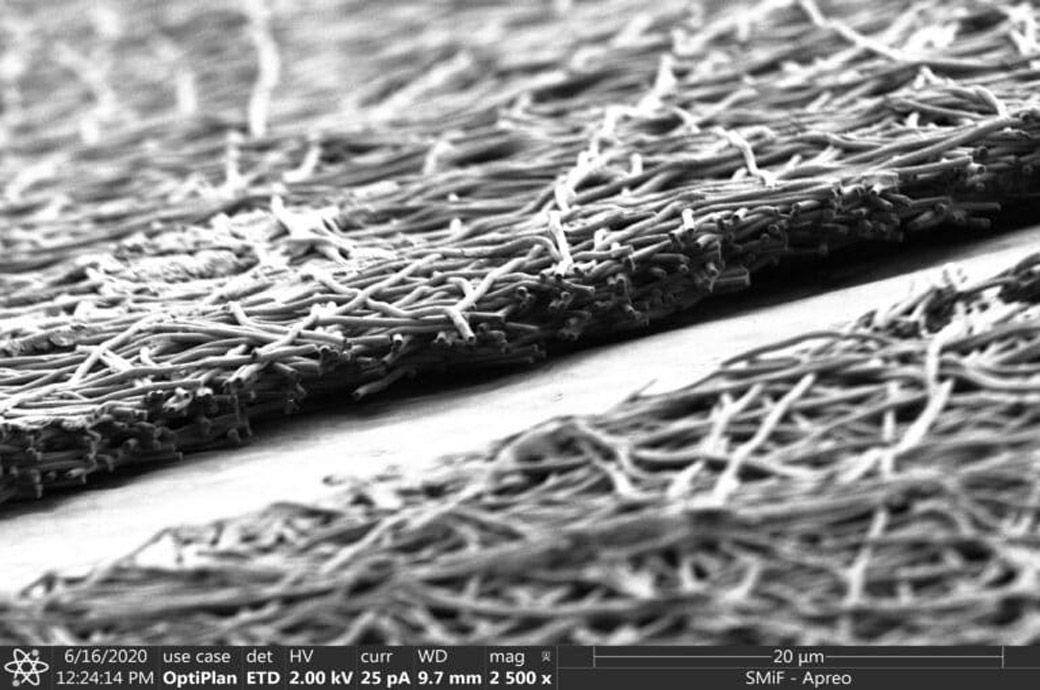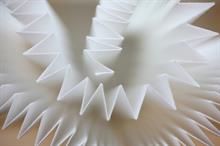
OOC platforms are designed to stimulate cell growth and differentiation in a way that best mimics the organ of interest.
The membrane helped tissues in a kidney OOC platform grow to recreate the functionality of both healthy and diseased kidneys.
The research appeared last month in the journal ‘Science Advances’.
The membrane allows the cells to grow closer together and helps control better the growth and function of the key cells and tissues of any organ, enabling them to more accurately model a wide range of diseases and test therapeutics, a release from the university said.
While extracellular membranes in human organs are often less than one micron thick, polymer membranes typically used are anywhere from 30 to 50 microns, hindering communication between cells and limiting cell growth.
This challenge led the researchers to silk fibroin, a protein created by silkworms that can be electronically spun into a membrane. Made out of long, intertwining fibres, the porous material better mimics the structure of the extracellular matrix found in human organs, and it has previously been used to create scaffolds for purposes like wound healing.
The silk fibroin allowed the researchers to bring the membrane thickness down from 50 microns to five or fewer—closer to what is seen in a living organism.
They then added human induced pluripotent stem cell derivatives into the chip and observed that these cells were able to send signals across the ultrathin membrane, which helped the cells differentiate into glomerular cells, podocytes and vascular endothelial cells.
The platform also triggered the development of endothelial fenestrations in the growing tissue, which are holes that allow for the passage of fluid between the cellular layers.
By the end of the test, these different kidney cell types had assembled into a glomerular capillary wall and could efficiently filter molecules by size.
The researchers hope to use the technology to better understand the mechanisms behind kidney disease.
Fibre2Fashion News Desk (DS)

